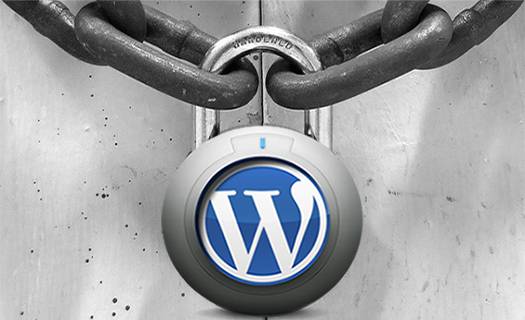WordPress is currently the one of most popular content management systems (CMS) in the world and scores of blogs are made with this system. While WordPress is remarkably safe and stable, no system is free of errors. Hackers have found ways to sneak into these blogs through coding errors, script injections and simple brute force attacks. Here are the things that hackers check most often to see if you are vulnerable.
Outdated Software
If you are running an old version of WordPress, then a hacker can easily inject a virus into your system. Most WordPress updates don’t add new features and modules. They clean up errors and security problems so that hackers can’t continue to exploit these problems.
This doesn’t apply to the WordPress system alone. Having old plugins can also make your website vulnerable. For example, old calendar plugins have been exploited so that hackers could gain access to the system. It’s important to keep everything on your computer updated.
If a plugin hasn’t been updated in a long time, or if you aren’t using the plugin and it’s disabled, then be sure to delete it from your system so that hackers can’t use it against you.
Weak Username and Password
This applies to almost any website or system. Having a weak username and password will make it very easy for the hacker to break into your website. If your username is “Admin” or something similar, then change it immediately. Your username and password should be very difficult for the hacker to guess. Using a combination of uppercase and lowercase letters with numbers is usually the best.You should also change your username and password about once a month. This will make it even harder for hackers to guess your login information.

Log Record
WordPress blogs without a log record are vulnerable. There are many plugins that will create a log record so that you can see who is trying to access your website and when. If you have a popular blog, then you might see hundreds or thousands of people logging into your website on a daily basis. There’s nothing wrong with this. What you should look for are failed login attempts—a failed attempt may mean that someone was trying to force their way in without permission.
If someone has inputted the wrong username and password dozens or hundreds of times, then this is probably a hacker using a brute force attack. You can stop this by using a plugin that limits the number of times that someone can fail the login procedure, or you can freeze all account activity if the problem becomes incessant.
Unlimited Forms
Most WordPress blogs have forms so that people can create accounts and post comments. The problem is that hackers can use these forms to inject malicious coding into your blog. It’s best to limit the forms to about 20 characters to block these attacks.
Setting Permissions
WordPress allows you to set permissions. This means that you can dictate what people can do with your files. For example, if you set the permissions so that people can write to a file, then they will be able to change the contents of that file. Setting permissions can be very technical, which can be a problem since most WordPress users don’t know much about this topic.
Enter CHMOD through your host and set the directory permissions to 755 and the file permissions to 644. This will ensure that people can easily read your blog and that you can access the system without giving hackers an easy way into your website.
Conclusion
WordPress is a great system, but you have to do a little bit of work to ensure that it’s really safe. If you make these changes, then it will be substantially harder for hackers to maliciously access your website.
About Author: Regina Ortiz is a Houston electric, science, and technology blogger.

